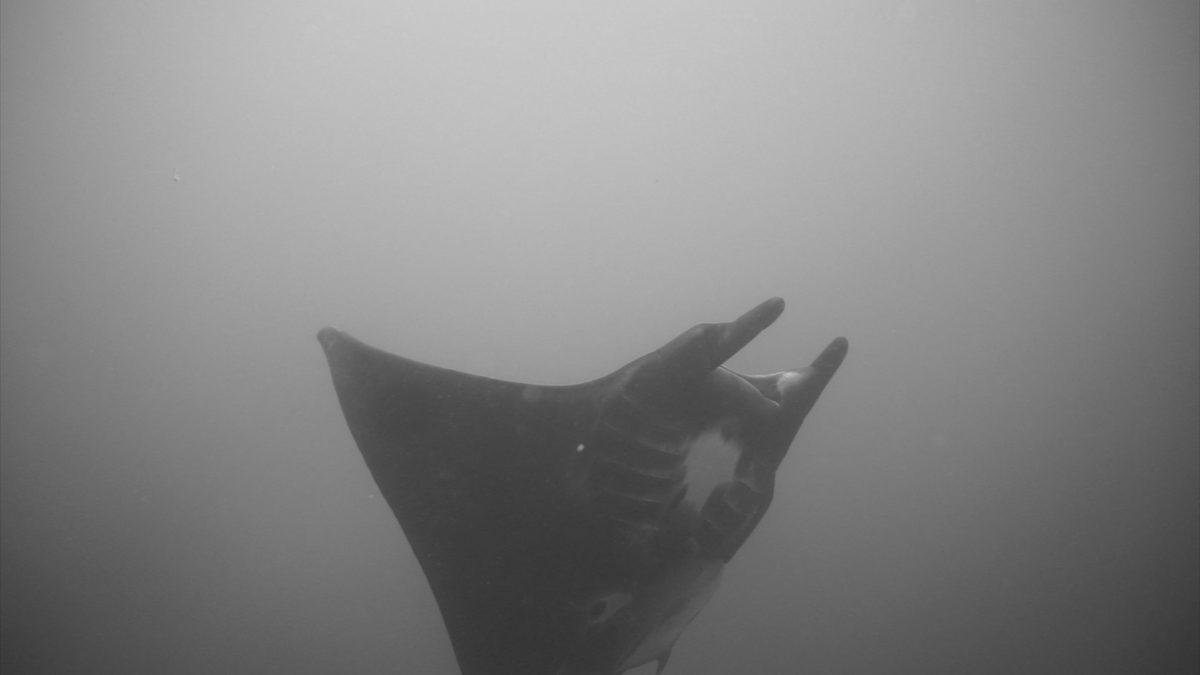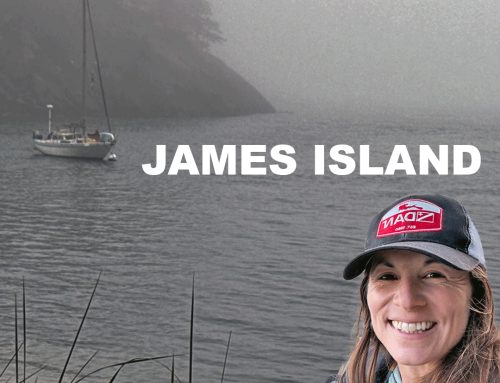When we talk about dive sites in Komodo, we are talking about one of the best diving locations in the world. Just hearing the name Komodo transports us to a wild era; Komodo Dragons, smoking Volcanoes and landscapes that belong to prehistoric times rather than modern day.
We could talk about the dive sites in Komodo National Park for days so that’s why I started this blog series dedicated to Komodo. Do not miss our previous blog where we talk about Komodo Center and its currents!
Heading towards Komodo North
The daily dive trips will normally take you to the part of the park referred to as Komodo Center. However, if the conditions are right and the group of divers has an advanced level, the boat will take you to the north. Dive sites in Komodo North are reserved for experienced divers due to very strong currents.
The 3 classics in North Komodo
In this blog, I have selected the 3 dive sites that are a must if you go to the North of Komodo. This does not mean that there are no other dive sites in that area that are of equal interest, but these are the ‘famous’ ones of the area, and rightly so.
The main difference in diving technique is that at these points we will normally jump in “The Split” with a negative entry from the boat. Don’t know what it means to jump in The Split? Sarah tells you in one of her blogs, the strong currents of Komodo.

The Cauldron
This place will leave a lasting impression on you. Specific dive conditions must be present in order to dive it safely. The entry point is on the west side of the Gili Lawa Laut reef and is only possible to dive when the current is moving from West to East or in “Falling.” Once we jump about 100 meters from the canal entrance and descend, we let ourselves be carried by the gentle current in the east direction. The average depth is about 20 meters, sandy bottom and there we can see some white tip sharks and rays.
The reef loses depth as we approach the channel and the current begins to gain speed. From there, we approach the part known as The Cauldron. When we reach the shallowest part of the channel, about 14 meters, the cauldron appears before us; a crater with a depth of 30 meters and 40 meters in diameter. Reef sharks, occasionally manta rays, snappers and giant trevallys are usually seen here.
In the northern part of the crater, many schools of snappers, trevally, sweet lips, etc can be found in a crack named the Fish Bowl.
The Shotgun
The outlet of The Cauldron is located in the eastern part of the crater, with a depth of about 8 meters. The shotgun acts as a concentrated siphon; compressing the current, gaining a lot of strength and speed. Excellent buoyancy control is essential in order to get carried away and leave the Cauldron. Following the shotgun, we drift towards the north reef area where we find an incredible shallow reef called “China Shop.” In this, reef we can find young manta rays feeding, hard and soft coral, as well as loads of macro.

Castle Rock
Here, we find a large pinnacle submerged far from the coast and lashed by strong currents. This is one of the diving spots in Komodo that you can dive with the tide in both Falling and Rising.
The visibility is usually excellent and the shallowest part of the pinnacle (7 meters) is identified directly from the boat. The entrance to the water is made in the area where the current hits the submerged rock (the split), leaving 50-100 meters to make a rapid descent in case the current is strong. Negative entries are common in this dive site. We descend to a depth of between 20 to 30 meters to position ourselves in the Split (where the rock cuts the current in two). Schools of fusiliers, batfish, barracudas, as well as white tip and gray sharks, await… the current makes it necessary to use reef hooks to enjoy the show that Castle Rock offers.
Towards the end of the dive, we drift to the protected area of Castle Rock between Napoleons, jackfish and mackerels. Soft and hard coral give shelter to crocodile fish, scorpion fish and pygmy seahorses. The safety stop is made in the shallow zone, although most of the time it is necessary to use the reef hook again until the 3 minutes pass and we can return to the surface.
Crystal Rock
Just 400 meters from Castle Rock, the shallow end of Crystal Rock gently breaks the surface. Its namesake comes from the crystal clear water around this pinnacle which is like a little brother of Castle Rock.
Subject to strong currents, diving is done in a similar way to the previous one. Jump in the current area, a quick descent to reach the split and stay to enjoy the show.
The western part has a secondary pinnacle at 14 meters depth. Covered with soft coral, it is an excellent place to see eagle rays, tunas, reef sharks, schools of anthias and eastern sweet lips frequent this dive site north of Komodo.
Towards the end of the dive, we drift back to the protected area to relax in the shallow section and make our safety stop.
These are just 3 of the many dive spots in Komodo North! In our next blog, we will talk about the lesser-known diving spots of the Komodo National Park.
If you do not want to miss it subscribe to our newsletter here where we will keep you informed about special offers, new videos on our Youtube channel and the latest blogs.
Aitor Diaz
Course Director #285713
Azul Unlimited
We teach responsible scuba divers and ocean protectors. The brand is run by PADI IDC Staff Instructor Sarah Valdez who teaches scuba diving in person and on YouTube. Now she travels around the states and Mexico in her van scuba diving in new and different places. Follow her adventures on YouTube, Instagram, Facebook, and TikTok or join the Azul scuba community on Patreon.
Azul Unlimited is partnered with Azul Komodo, a top PADI IDC Center in Labuan Bajo, Indonesia offering daily dive trips to the Komodo National Park. Contact their team directly for an unforgettable experience diving in one of the top dive destinations in the world!









